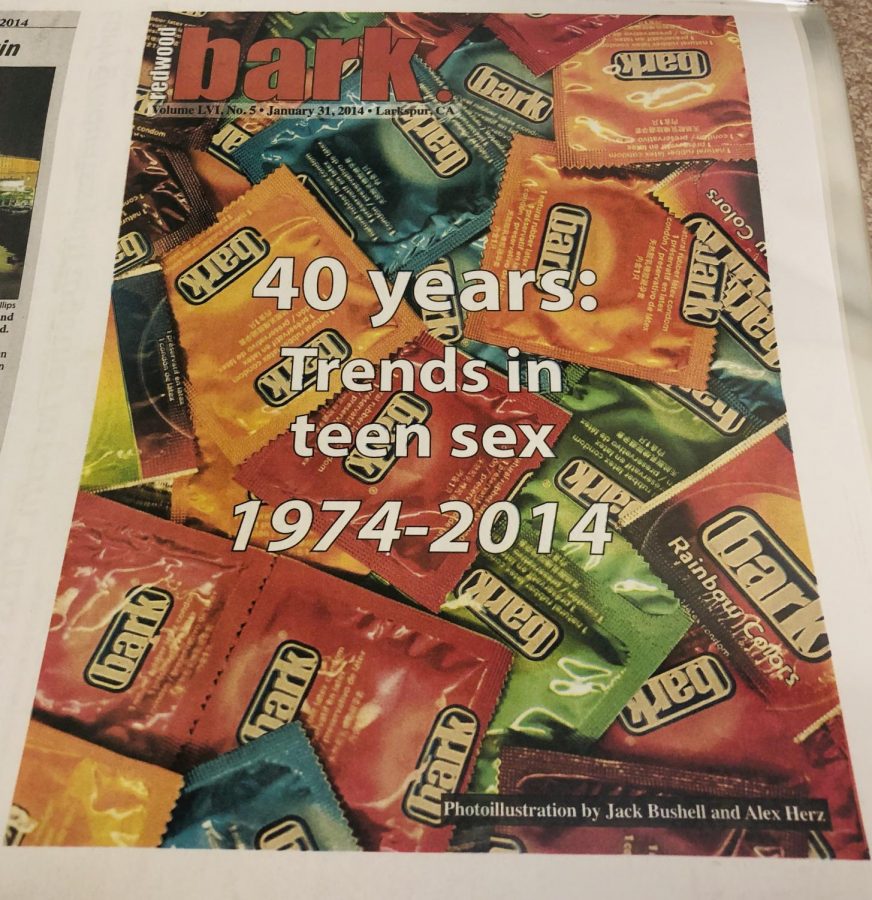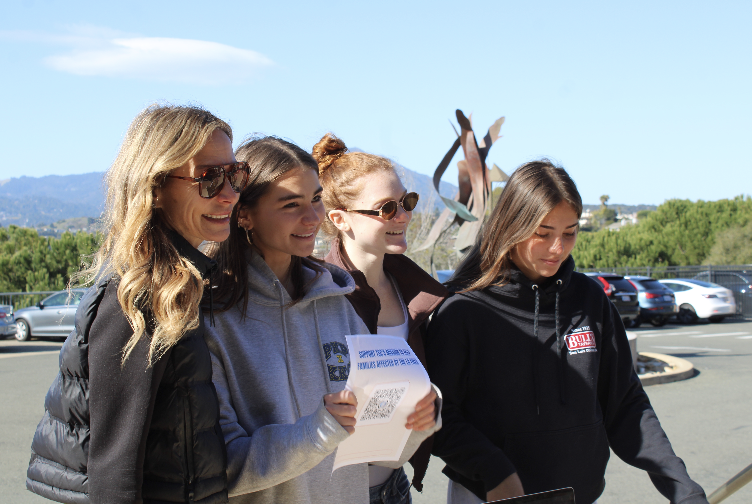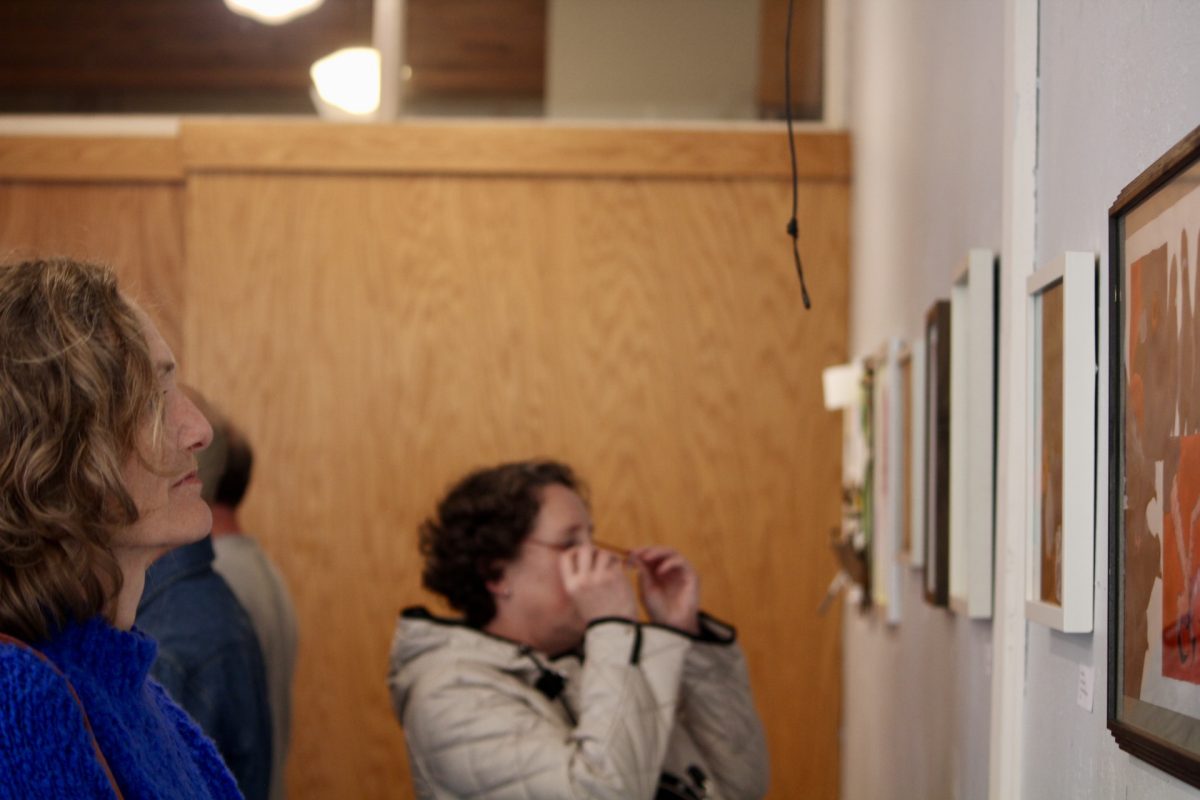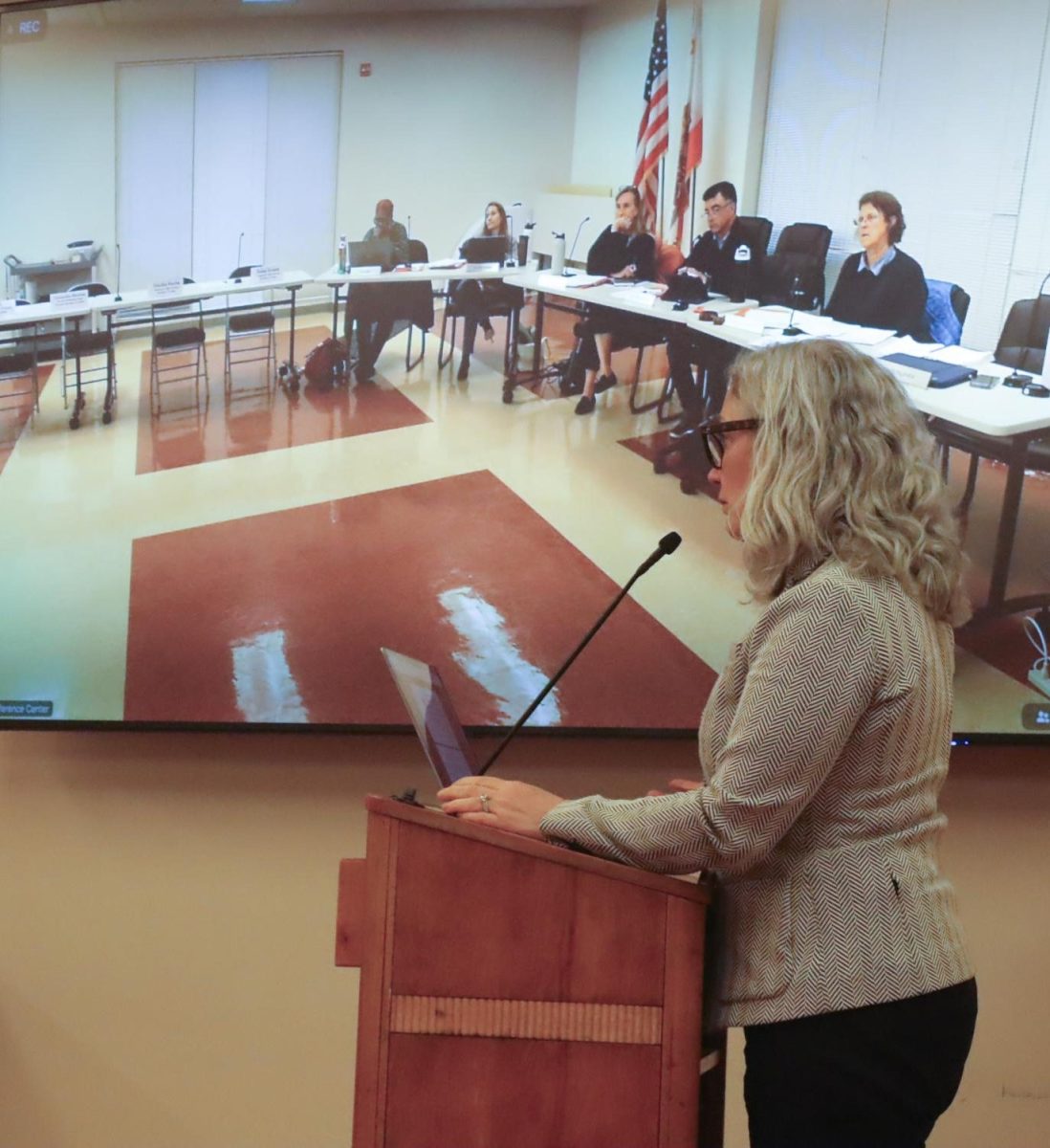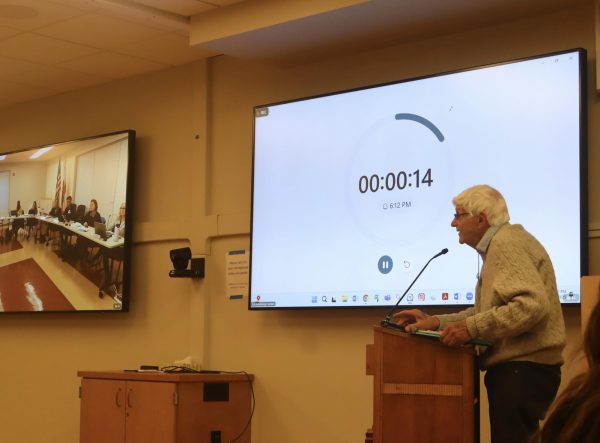In 1974, the Redwood Bark conducted its first sex survey. The reporters at the time wanted to push the newspaper into a new era, one where students would be given a voice that they previously had not been able to exercise. The survey was a such a revolutionary idea that The San Francisco Chronicle picked up the story with the headline “School Sex Poll Praised.” Ann Gigounas, the journalism advisor at the time, was worried about the backlash that the paper would receive. Sure enough, the morning of its publication, Gigounas received phone calls from district administrators who were unhappy with the paper’s content. The survey was one of the first of its kind in the U.S. and was a pioneer for sexual openness in high schools everywhere.
Ultimately the Bark staff felt the sex survey was important enough to renew it approximately every five years. Through the history of the survey, the Bark has faced both opposition and support. One of the main reasons for the positive reception at the time of its inception was the progressive principal, Donald Kreps. He allowed the Bark to continue giving the survey and publishing the results. However, after Kreps retired as principal, subsequent administrators and principals fought against the sex survey. Principal Greg Duffy forced the survey to be taken outside of school hours, making it more challenging for reporters to find students to survey. From 1994 to 2003, the survey was completely discontinued due to opposition from district administrators.
The survey has evolved along with the politics of recent decades. The first survey was published a year after the Roe v. Wade case. This is the first issue since gay marriage was legalized by President Obama in 2015. While the questions have changed slightly through the years to match modern times, they remain largely similar to the questions first asked in 1974. Despite near constant opposition, the sex survey enters its 10th issue and remains an avenue to sexual expression for high schoolers both at Redwood and across the country.

